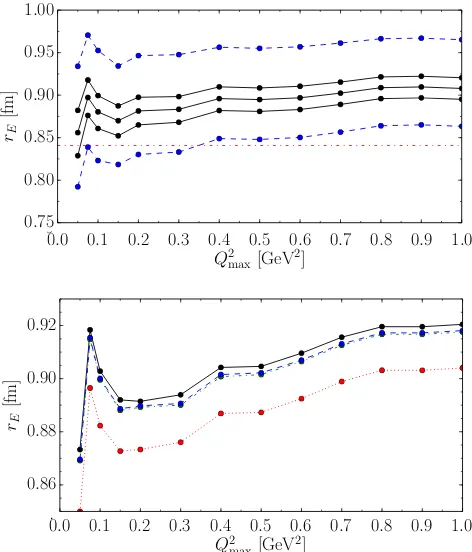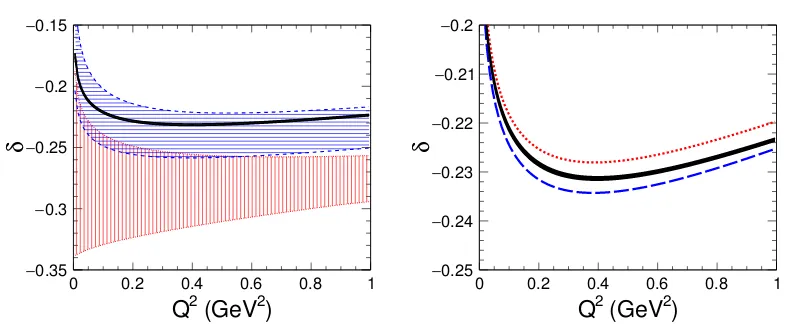Review of experimental and theoretical status of the proton radius puzzle
Full text
Figure
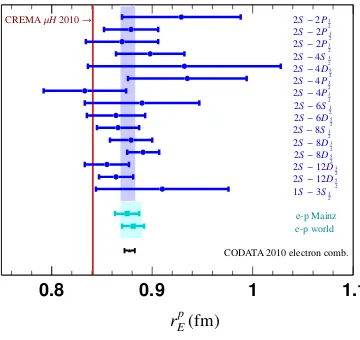
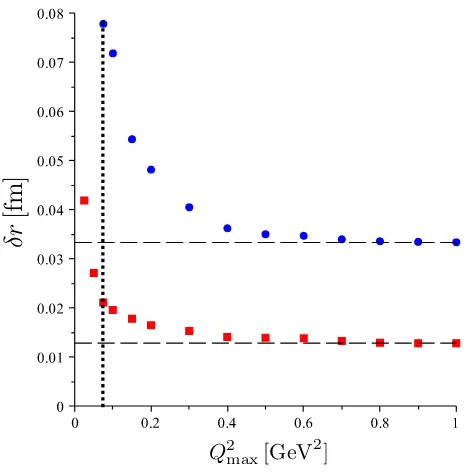
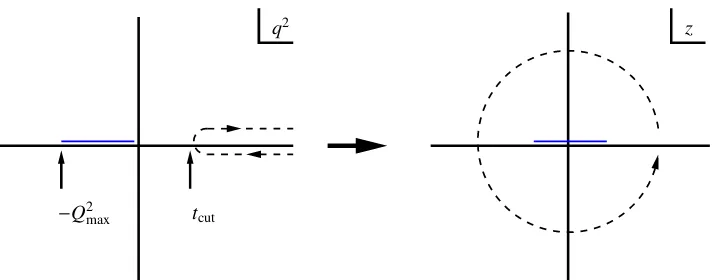

Related documents
This paper presents a survey and analysis the synchronization problem and common challenges for synchronization, discussed the need for synchronization and
Public and private security personal shows a significant difference on total job satisfaction however public personals score more as compeared to private personals.. The
• Conference referee : IEEE International Conference on Computer Vision (ICCV), Eu- ropean Conference on Computer Vision (ECCV), IEEE Computer Vision and Pattern Recognition
(c) Cycle performances of N330 carbon black in different electrolytes at a current density. of 50 mA
We recorded the temporal and spatial variability in rainfall and grass produc- tion on a local scale on 3 ranches in arid Namibia over 3 years, to determine their effects on
Magnetic field tuning of the dielectric resonance frequency alters the mode characteristics, including the differential phase shift and insertion loss at a given frequency.. 46 mm
Differential tropism and replication kinetics of human immunodefi- ciency virus type 1 isolates in thymocytes: coreceptor expression allows viral entry, but productive infection
The percentages of correlation of results from a blind trial using the AT system to serotype strains that had previously been serotyped using a conventional method are shown. A total

